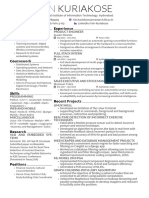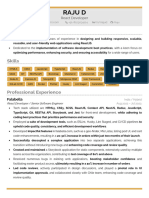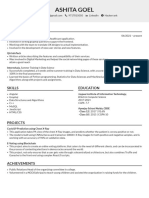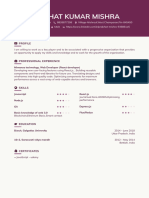0% found this document useful (0 votes)
28 views14 pagesFront-End Day2
Front-end development focuses on creating the visual and interactive elements of websites, utilizing core technologies like HTML, CSS, and JavaScript. Key responsibilities include ensuring responsive design, cross-browser compatibility, and performance optimization. Staying updated with tools and best practices is essential for delivering effective digital experiences.
Uploaded by
sr6584Copyright
© © All Rights Reserved
We take content rights seriously. If you suspect this is your content, claim it here.
Available Formats
Download as PDF, TXT or read online on Scribd
0% found this document useful (0 votes)
28 views14 pagesFront-End Day2
Front-end development focuses on creating the visual and interactive elements of websites, utilizing core technologies like HTML, CSS, and JavaScript. Key responsibilities include ensuring responsive design, cross-browser compatibility, and performance optimization. Staying updated with tools and best practices is essential for delivering effective digital experiences.
Uploaded by
sr6584Copyright
© © All Rights Reserved
We take content rights seriously. If you suspect this is your content, claim it here.
Available Formats
Download as PDF, TXT or read online on Scribd
/ 14
























































































